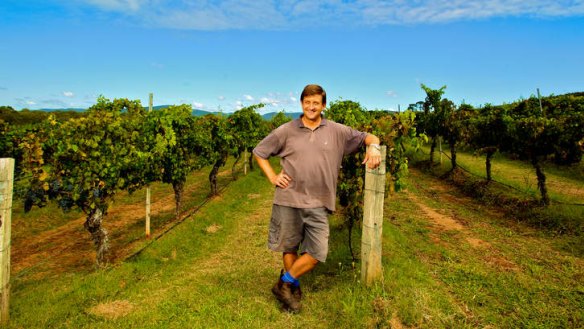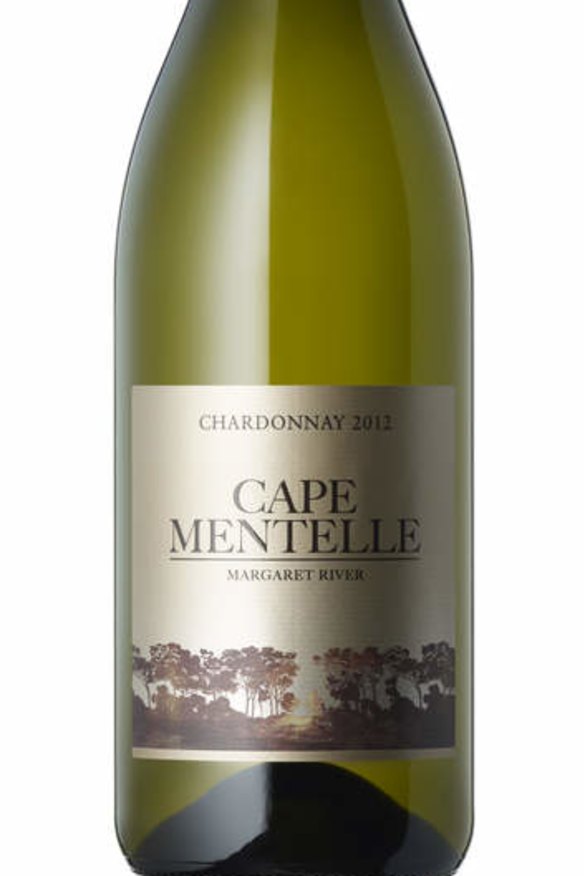Six Nations victory
Despite the entry of the United States, Australia won the Six Nations Wine Challenge.

I was barracking for New Zealand in the recent America's Cup challenge, although two key members of the victorious US crew were Aussies. Why back the Kiwis? Well, they're our neighbours, and, more importantly, anyone who takes on the Yanks is the underdog.
So it was with some trepidation that the United States was invited to join the Five Nations Wine Challenge this year, making it a Six Nations Wine Challenge. The organisers and the wine writers who represent each of the five other nations were just a little concerned that the US would blitz the competition and dominate the awards - so large is its wine industry compared to the other nations.
Well, the results are in and Australia somehow managed to be the top-scoring nation, on aggregate points. But the US dominated the trophies - awarded to the highest scoring wine of each of the 17 classes - slamming home five trophies to Australia's four, with New Zealand and Argentina three each, South Africa two and Chile none. Australia won the trophies for best chardonnay (Lakes Folly 2011), best sweet white (De Bortoli Noble One 2008), best other white varietal (Gartelmann Benjamin Semillon 2009) and best riesling (Pressing Matters R9, 2012). It was an especially strong result for the Hunter Valley.

But sadly Chile, which has won a trophy each previous year it has been included, failed to score one. This is partly because it enters fewer wines than it's entitled to, as it lacks the depth to its wine industry that other countries have. Argentina, too, is shy on entries: both it and Chile produce a relatively narrow spread of grape varieties.
Each nation is represented by a leading wine scribe whose task it is to select and invite the entrants (about 100 wines from each nation) and then to participate in the blind judging that was held in Sydney in August.
The US, represented by veteran Californian wine writer Dan Berger, won the trophies for best sparkling wine, pinot noir, cabernet sauvignon, other red varieties (with a zinfandel) and other red blends (with a cabernet merlot shiraz).
Argentina won best malbec, best red Bordeaux blend and best aromatic white other than riesling (with a torrontes).
It was interesting that while the US won the most trophies, it placed only fourth in aggregate points - after Australia, New Zealand and South Africa, in that order. In sparkling wine, for example, US won the trophy with Gloria Ferrer 2007 Blanc de Blancs, but Australia topped the class with ease. We also topped riesling (easily) and other white varieties, and positively crushed the opposition in chardonnay (scoring 244 points compared to 71 for South Africa, 42 for New Zealand, 33 for Chile and only 24 for the US). This is a surprise even for those who have been saying for years that Australia is second only to Burgundy in the world with chardonnay. In defence of the US, it had only four wines in the class: I'd like to see what might happen if it fielded a full team. The class was dominated by Australia, with five of the top six wines. Leeuwin Estate Art Series 2010 was runner-up; double-golds went to Dexter and Coldstream Hills Reserve 2011s, and gold to Cape Mentelle 2012.
However, we were humiliated in reds. New Zealand handed out a thrashing in shiraz almost as convincing as Australia's dominance of chardonnay. It has been several years since Australia topped the shiraz class and in aggregate points we lagged behind New Zealand (200 points), South Africa (68) and Chile (57), scoring only 54 points. This may say something about the style preference of the judges and possibly the scoring system, which gives a heavy weighting to each judge's top three wines in each class. The trophy winner, Kusuda 2010 Syrah from Martinborough, was a spicy, perfumed, elegant and soft-tannined marvel. It was a thoroughly deserving winner. It's made by Japanese-born Hiro Kusuda, whose pinot noirs and syrahs have been attracting rave reviews.
Cabernet sauvignon, which has been a strong wine for Australia in previous competitions, turned into one of our biggest weaknesses this year and for no good reason that I can see. We came third behind the US and Argentina.
The trophy cabernet was a ripper: Kendall Jackson 2009 Grand Reserve, a beautiful wine of perfect fruit ripeness and great precision, balancing full body with miraculous elegance and persistence. Argentina won second place with Dominio Del Plata Susana Balbo Signature 2011: also an outstanding cabernet. I cannot argue about the result, as I myself placed these wines first and second on my scoresheet. C'est la vie.
